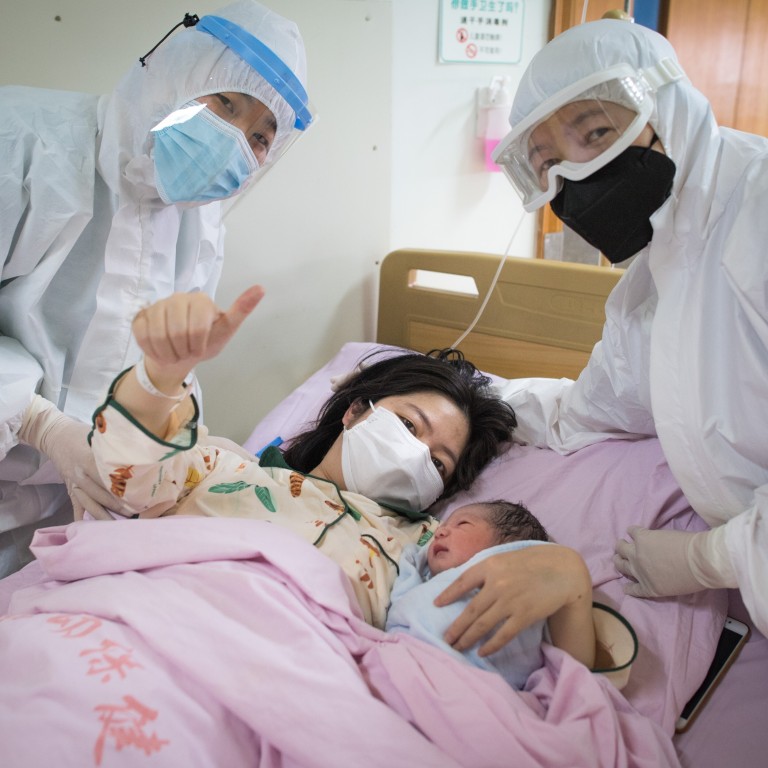
China population: concerns grow as number of registered births in 2020 plummet
- China saw 10.035 million new registered births last year, according to the Ministry of Public Security, down from 11.79 million births in 2019
- The new figure does not include the entire population, with total data expected to be released in April by the National Bureau of Statistics
Concerns over the outlook for China’s population have grown after the number of newborns recorded in the country’s household registration system declined 15 per cent during a coronavirus-hit 2020.
Last year, a total 10.035 million of newborns were recorded in the household registration system, known as hukou in China, down from 11.79 million in 2019, according to figures released by the Ministry of Public Security on Monday.
We need not anticipate further that the birth population in 2020 will drop significantly compared with 2019. The collapse of the newborn population is really here
Analysts expressed concern about the preliminary reports of the declining birth rate.
“Although we cannot deduce the decline in the birth population in these regions as the annual decline in the country, we consider that idea of having two children is weak and the number of women of childbearing age has decreased, so we need not anticipate further that the birth population in 2020 will drop significantly compared with 2019. The collapse of the newborn population is really here,” said James Liang, a research professor of applied economics at the Guanghua School of Management, Peking University, in a blog post last week.
He added that the figures from the provincial governments pointed to the growing evidence that China has fallen into a “low fertility trap”.
Within the latest data released by the Ministry of Public Security, 5.29 million boys were born last year, accounting for 52.7 per cent of registered births, compared with 4.745 million girls.
A hukou is a household registration document all Chinese citizens must have that controls access to public services based on the birthplace of the holder, but some citizens opt not to register partly due to the possibility of heavy fines for breaking the previous one-child policy which was scrapped in 2015, allowing couples to have two children.
“The comprehensive two-child policy has not only failed to introduce a baby boom, but a fertility cliff.”
In eastern China, a number of thriving cities with large inflows of migrants all showed drastic falls in newborns last year.
Hefei, the provincial capital of Anhui province, reported 79,300 newborns in 2020, down 23 per cent from a year earlier, according to a report from the city government.
In the city of Guangzhou, the provincial capital of southern economic powerhouse Guangdong province, the number of newborn babies fell to the lowest level in nearly a decade, said a report in the state-run Guangzhou Daily.
Some 195,500 babies were born in Guangzhou in 2020, down around 17 per cent from 2019, and 33 per cent below 2017.
The report added that the declining trend in the city broadly mirrored the situation for the whole province, which in 2019 recorded 1.43 million newborns – the most births among all provinces.
“The rapid ageing of the population not only leads to a decline in the rate of return on investment, but also has the potential effect of causing a decline in the savings rate,” Cai Fang, the director of the Institute of Population and Labor Economics in the Chinese Academy of Social Sciences, wrote last week in a blog post.
“In the short and medium term, it’s difficult to change to the trend of population ageing. However, timely adjustment of fertility policies and realisation of independent family planning will help form a more balanced population structure in the future and reduce volatility in the savings rate.”

